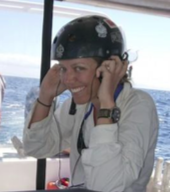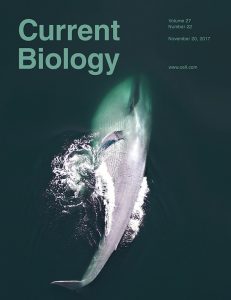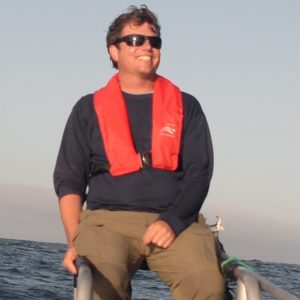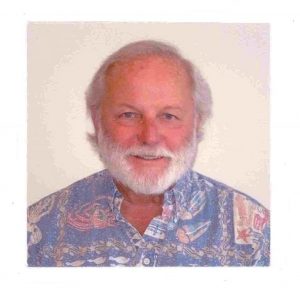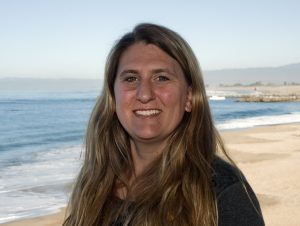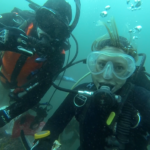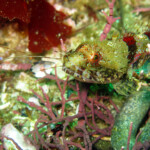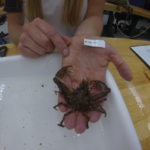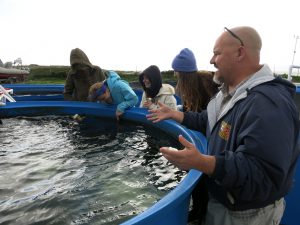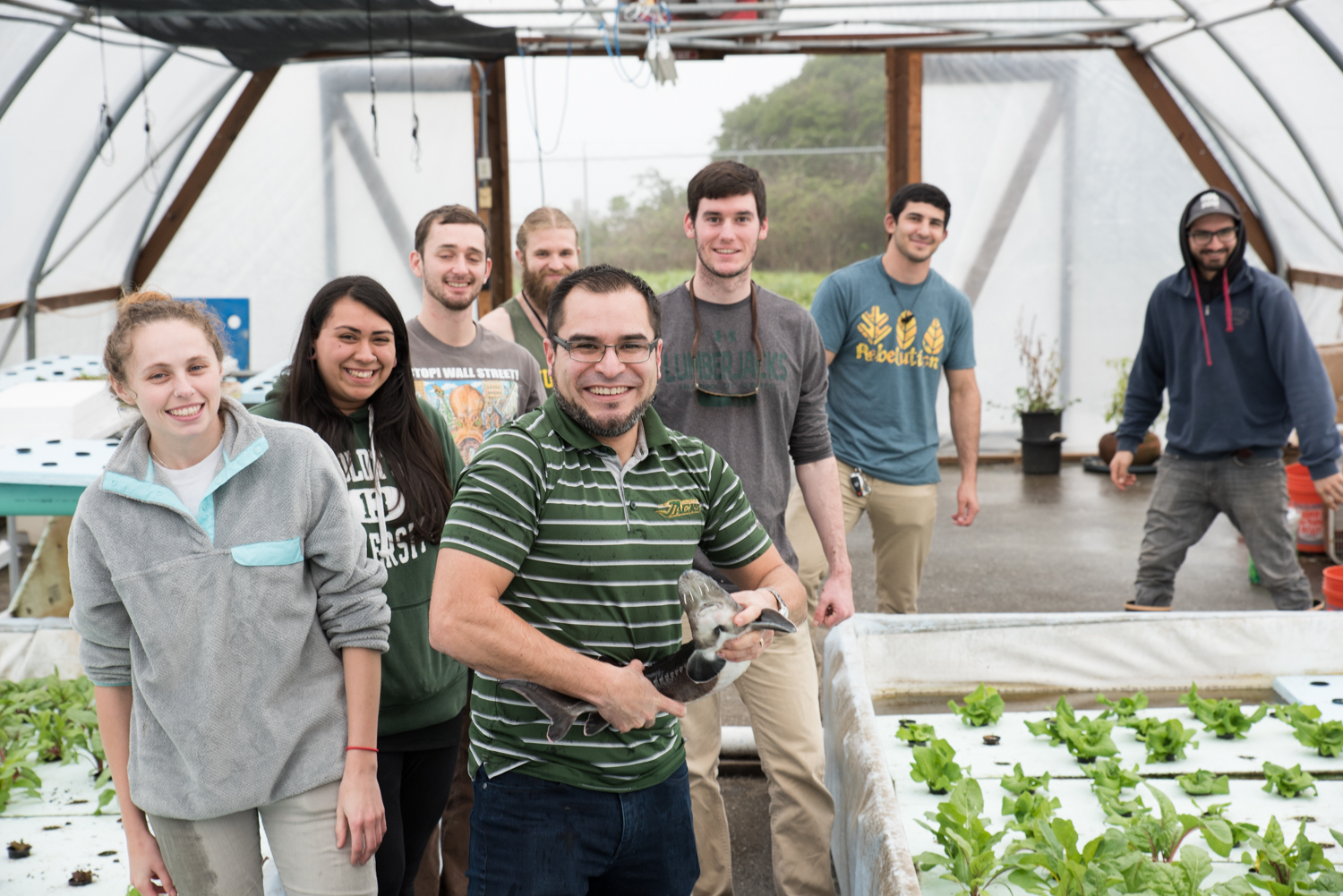Characterization of a new stero-video tool to survey deep water benthic fish assemblages with comparison to a remotely operated vehicle
A Thesis Defense by Christian Denney
Fisheries and Conservation Biology Lab
December 1st, 2017
MLML Seminar Room

Christian Graduated from UC Davis in 2009 with a BS in Biology and an interest in population and community dynamics. As an undergraduate, he spent a quarter studying at Bodega Marine Lab where he worked with Dr. Stephen Morgan and PhD candidate Sarah Gravem studying predator-prey interactions. After graduating, he worked for a year with CA Department of Fish and Wildlife monitoring lakes and streams for invasive fish species before joining Rick Starr's Lab at Moss Landing Marine Labs in 2010. At Moss Landing, he studied competitive interactions of juvenile Blue Rockfish (Sebastes mystinus) and worked on the California Collaborative Fisheries Research Program. These experiences in population and community dynamics and fisheries research led him to focus his thesis work on designing the methodology for using a new visual survey tool for monitoring deep water fish assemblages. This research will hopefully lead to improved monitoring for populations that are currently under-studied.
Thesis Abstract:
Increasing use of ecosystem-based management strategies, which are often applied to broad geographic areas and preclude extractive activities, are creating a need for rapid, cost-effective monitoring of large areas. Visual surveys are increasingly being used to meet this need. In this thesis, I examine a new tool for surveying fish assemblages in deep-water habitat: a stereo-video lander. In Chapter 1, I evaluate methodological choices and their impact on the data collected. In Chapter 2, I compare the video lander with a Remotely Operated Vehicle (ROV). In characterizing the new stereo-video lander, I found a negligible effect of bait on the number of fish observed or on the number of species observed. The rotating camera system yielded density estimates slightly lower than those determined by a stationary camera but the rotating camera system produced less variance with the same number of surveys. In comparing the lander and the ROV, both measured similar densities for most species. Furthermore, I found that estimates of the variance in fish density were similar for the two tools given a comparable sampling effort (i.e., number of sites surveyed). Differences in community assemblage were found to be significant between the two tools. Because of the similarity in results and ability to quickly perform surveys and move on to new areas, the lander represents a new option when considering visual tools for deep-water research.


